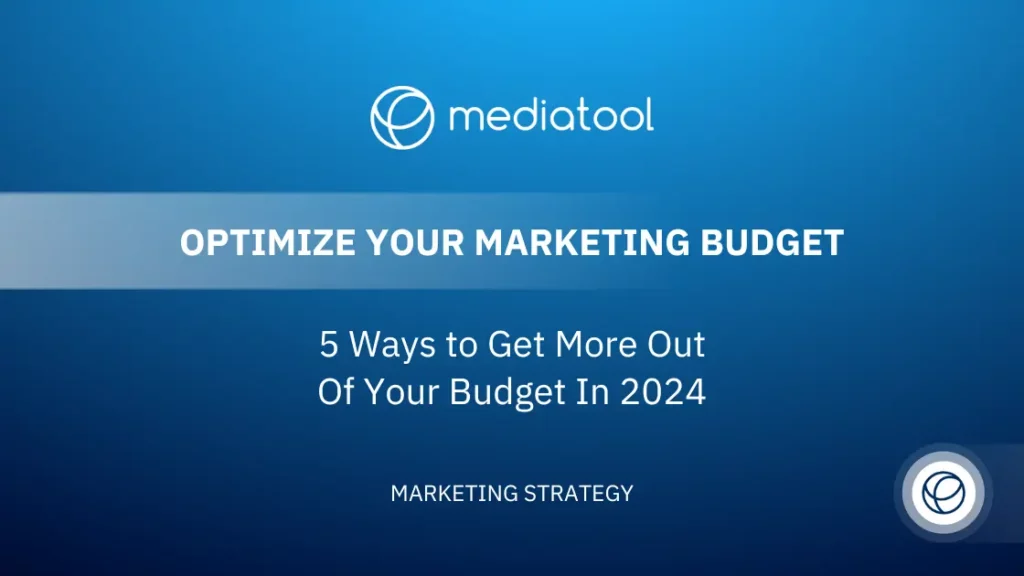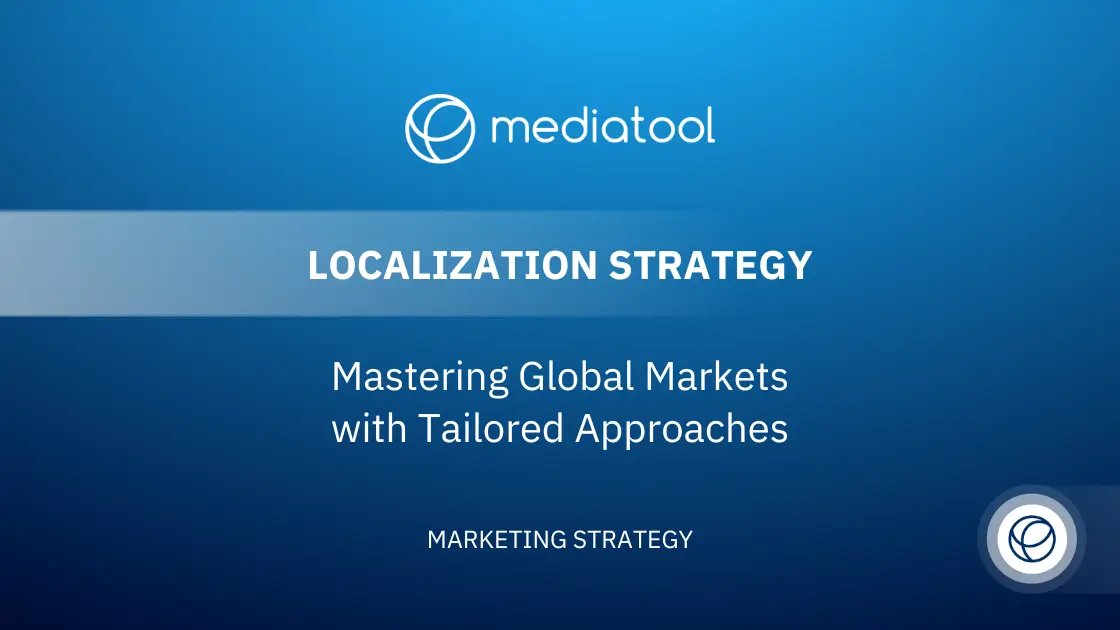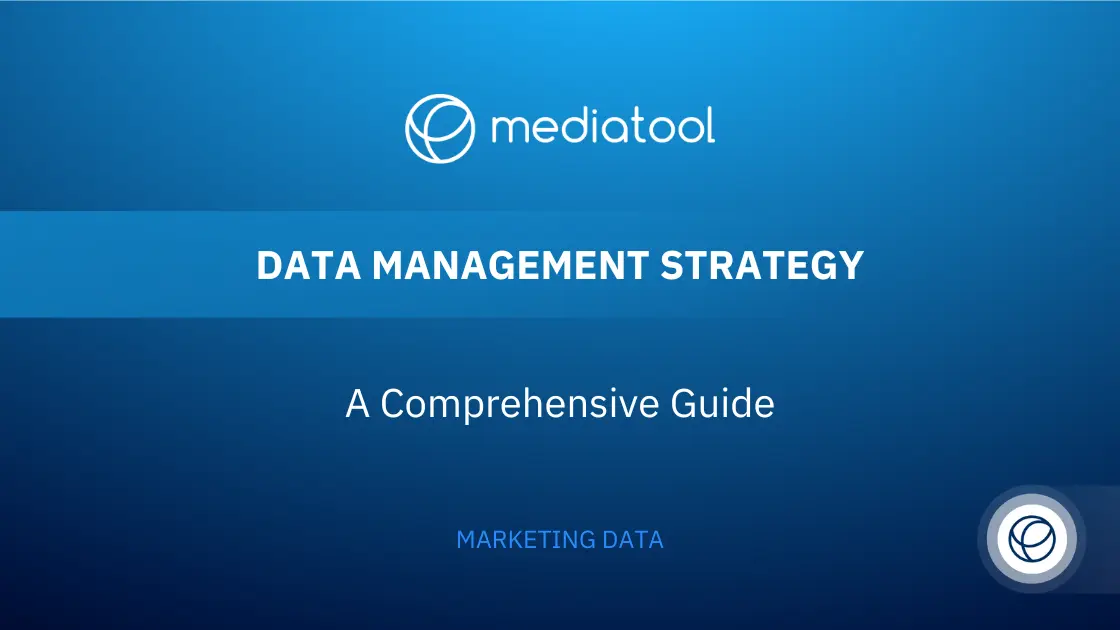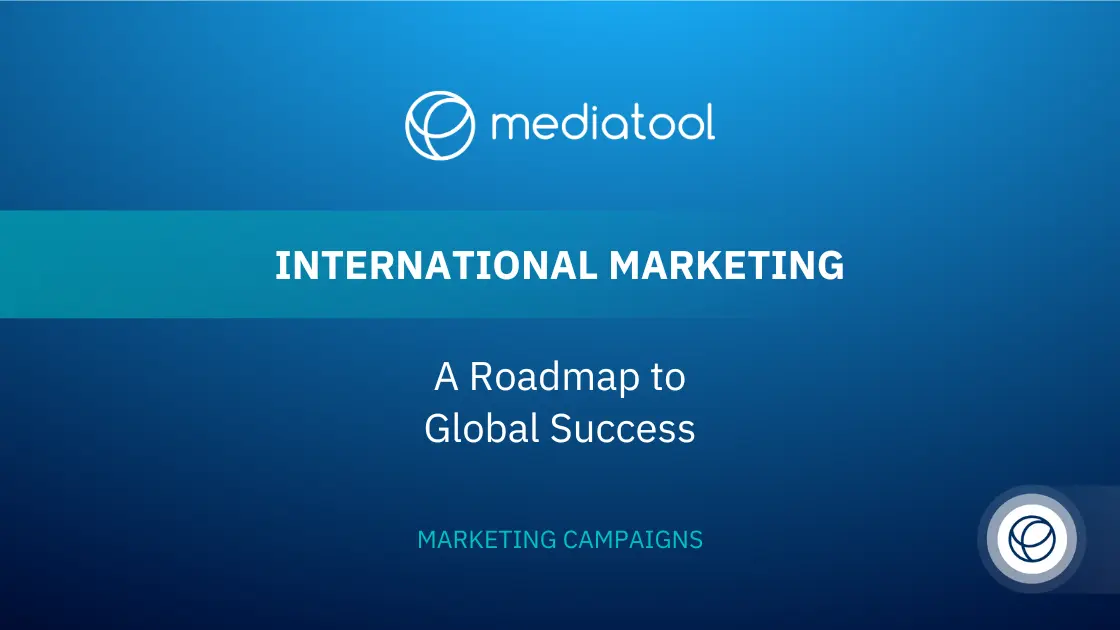Most marketing teams wish they had more budget. And when cuts need to be made the marketing budget is often one of the first to be decreased. Whether you’re facing cuts or not, getting the most out of your marketing budget should be a core focus for marketing leaders.
It’s generally recommended for B2B companies to allocate 2 to 5% of their revenue towards marketing efforts. This guideline underscores the importance of not only securing a budget that aligns with your revenue but also optimizing it to ensure the highest possible return on investment.
Chances are there’ll be areas you can optimize to improve your return on investment, regardless of your budget allowance. Spotting these opportunities and tweaking your budget could be a swift way to improve all areas of your operations and can help you produce better results.
At a time when most marketing activities can be measured, we as marketers are accountable for decisions made, budget spent and results produced. But 60% of marketers are not confident when it comes to allocating marketing budgets. Learning to take stock and optimize your spend sets you apart from marketers whose only strategy is to spend more.
So, here are 5 ways to optimize your marketing budget and get more out of it in 2024.
1. Make Better Use of Your Data
According to research, 80% of marketing data goes unused. This is a huge shame, as your marketing data is one of the best resources in your back pocket, that you can keep using to optimize your campaigns over and over again.
From reviewing historical data to measuring new data, using it to its full potential will make your campaigns more effective without using any more budget.
Data isn’t just a load of numbers on a screen. It’s a story of how your target audience interact with your campaigns. It tells you whether they resonate with your: strategy, content, creatives, marketing channels and so on.
It also helps you understand whether your campaign is personalized enough, what your target audience or current customers think of your brand, and if you’re offering a solution to their pain points.
As marketers we have tonnes of data at our disposal. Rather than glancing at it, putting it into a neat report for your manager and moving on, really spend time evaluating it and spotting how you can use it to improve future campaigns. Develop a process of how you maximize the value of the data you receive.
That process might be something like a checklist where you have set questions you want to find answers to in your data, that link to your overall goals. For example if your main goal is to reduce your CAC (customer acquisition cost) you might want to find out:
- Does your CAC change on different platforms – is it better on Google Ads vs Email Marketing? If so, adjust spend accordingly.
- How high is your bounce rate? What types of content have a lower bounce rate? Leverage the high performing content and pause others that may be costing you time and money without the rewards.
- Are video ads attracting more traffic than single image ads, but there isn’t an increase in conversions? Maybe they’re attracting the wrong audience and while they may look better, using single image ads may have a better ROI.
Find a process that works for you and your team that you can use time and time again to get to grips with what your data is portraying.
By improving how you learn from your data, you will produce better results, without having spent a dime more. Meaning better return on investment while using resources you already have. Think this sounds time consuming? If you’re still using spreadsheets to measure everything and your data is siloed in different tools, then yes it probably will be.
Instead, use a tool that brings everything together in one place. By combining budgets and performance data in one dashboard, spotting opportunities to optimize it is so much easier.
2. Use Your Marketing Tech Stack More Effectively
According to Gartner’s 2023 Martech Report, marketers are utilizing just one-third of the potential capabilities of their marketing technology stacks. This represents a decline from 42% in 2022 and 58% in 2020.
When it comes to using your marketing technology, ask yourself and your team: are you really using all the features and getting the most value you can out of these tools? Or are you probably in the 58% that aren’t? These tools are called tools for a reason. When used correctly, they can make your job easier and days happier.
Take a look at your current tech stack, do you feel like it makes your job easier? How are you using it, are you using all the features available to you? Don’t worry, there’s no time like the present. Make a list of your current workflow and how you could better leverage the technology you have to generate better return.
You might find that you are paying for more tools than you need and it would be helpful to merge different functionality into one platform. Rather than using different marketing tools for planning campaigns, analyzing data, creating reports, project management, budget allocation, etc. find one tool to do all of these things for you. Like Mediatool.
Full transparency, we are biased, but whether you use Mediatool or not, it’s just an example of how you can improve your processes to optimize your budget. By merging everything into one, there are huge benefits such as clarity and control over activities, reduced workload and better communication between teams.
3. Optimize Your Marketing Funnel
When trying to get more out of your marketing budget, marketers often forget to review their marketing funnel. You may have set up a funnel that has been working for you up until now, but with constant changes in consumer behavior, it’s a good idea to review it and update it.
Take a look at information such as behavior flow, landing pages and exit pages in line with conversions. Chances are you’ll find places where you can better nurture your audience through your funnel. For example, if users visit your product page and peruse through some products, but exit without buying.
What content could you create or information could you provide that might help them make a purchase?
Maybe they like your products, but are largely Gen Z and want companies to show how sustainable the products are, or what the company values are. You could create a retargeting campaign that provides them with the information needed to help them make that decision.
You might find that your funnel is simply too elaborate. Consider simplifying your customer journey by using a live chat feature like Intercom, or a questionnaire to help customers find what they’re looking for.
Allocate a couple of weeks to monitor your funnel and to spot any leaks you can fix or improve. And design a process that builds relationships with your customers, instead of feeling like a transaction. Optimizing your marketing funnel doesn’t have to cost a thing, but could help you get more out of your budget.
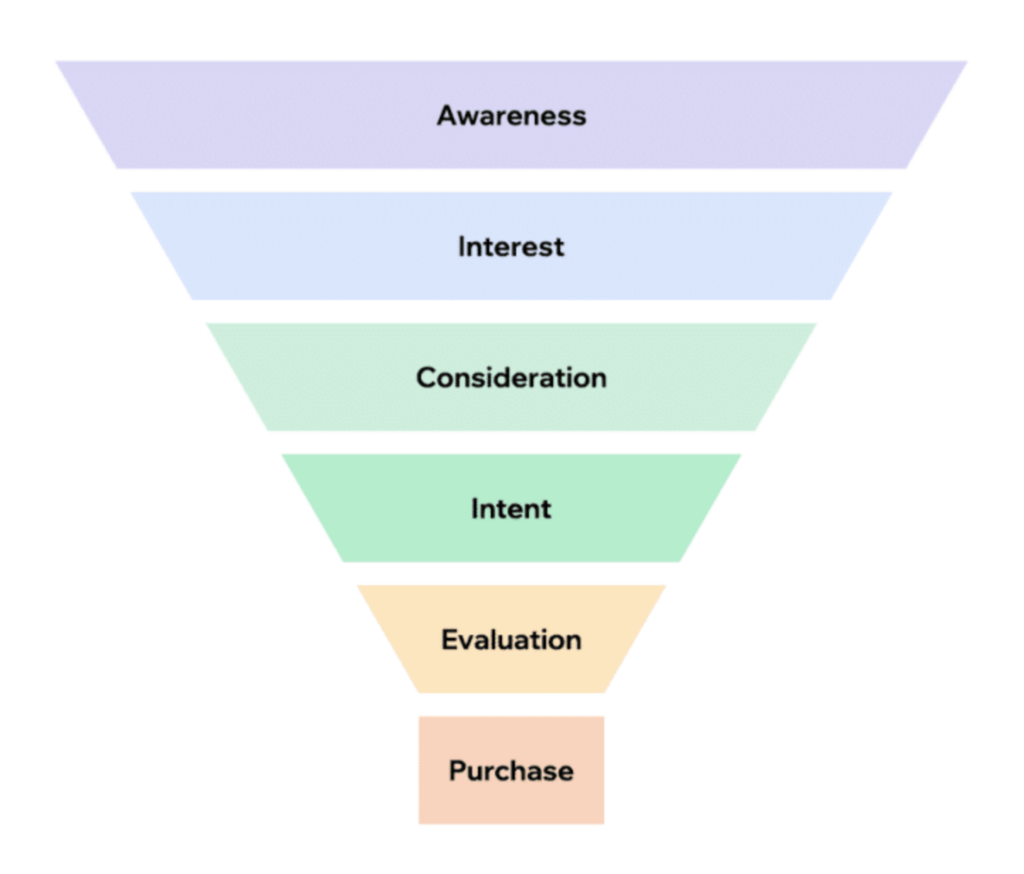
For tips on building an effective marketing funnel, check out our guide.
4. Consider In-Housing or Outsourcing Marketing Tasks
When trying to stretch your budget it can be easy to decide to cut operational expenses such as agency partnerships. And we are seeing a trend towards in-housing or hybrid agency models at the moment.
Now, we aren’t advising you either way.
There are many benefits to in-housing and outsourcing your marketing workload. A benefit might be that you are closer to the business and therefore your ideal customer. But, an agency might bring expertise and resources that you simply cannot find without spending more money recruiting more hands on deck.
There are arguments for both. While for one company, outsourcing might produce higher quality campaigns that generates more revenue, so outsourcing is a better use of budget. For another company they might not be happy with results from their agency and be able to train and mentor current employees to do it instead, saving money and improving employee morale.
Like with your data and technology processes, review which model could produce the best return on investment for your company, so you know your budget is being used as effectively as possible.
Whether you move operations in-house or work with an agency, Mediatool ensures you have the visibility and collaboration you need to get the most out of your campaigns. Find out more here.
5. Focus Marketing Campaigns on Customer Retention
According to research, acquiring new customers is 5-25 times more expensive than retaining and nurturing existing customers. This makes nurturing your current customers a better use of your budget with better ROI.
If you aren’t already, allocate budget to campaigns with the purpose of improving relationships with current customers. For example, through loyalty campaigns, customer feedback surveys and by using user-generated content (UGC) to keep customers engaged, whilst attracting new ones.
Marketing Budget Breakdown
When crafting a comprehensive marketing budget, enterprises must consider various categories that encompass both marketing talent and technology. A well-structured marketing budget is pivotal for optimizing marketing efforts, ensuring that every dollar spent contributes to achieving business objectives.
Below, we delve into the top categories to include in your marketing budget, providing examples to illustrate how to allocate funds effectively and optimize your marketing budget.
Digital Marketing Budget
The digital marketing budget should cover all expenses related to online marketing activities. According to The CMO Survey, Digital channels now receive 53.8% of the average marketing budget, highlighting the shift towards digital-centric marketing strategies. This includes:
- Paid Ads: Investment in Google AdWords, Facebook ads, and other pay-per-click advertising platforms to drive website traffic and target customers.
- Content Marketing: Funding for creating and distributing valuable content to attract and engage a clearly defined target audience. This can range from blog posts and videos to infographics.
- Email Marketing: Resources for crafting and sending emails to existing customers and prospects to promote products, services, and content, enhancing customer relationship management.
- Social Media Marketing: Allocation for managing social media platforms, from paying social media managers to budgeting for social media posts and campaigns aimed at engaging with the target market.
Marketing Technology Stack
Investing in the right marketing technology stack is crucial for enhancing marketing efficiency and analytics:
- Marketing Automation Tools: Software that automates marketing actions, such as email marketing, social media posting, and ad campaigns, to optimize marketing efforts.
- Customer Relationship Management (CRM) Systems: Tools that help manage a company’s interactions with current and potential customers, optimizing marketing strategies and customer acquisition processes.
- Analytics Tools: Technologies like Google Analytics that track and report website traffic, conversion rates, and other key performance indicators (KPIs), essential for marketing budget optimization.
Talent and Marketing Teams
Budgeting for marketing talent is as important as allocating funds for marketing activities:
- In-House Teams: Salaries, training, and other HR-related expenses for marketing teams, including content creators, digital marketers, and project management professionals.
- External Agencies: Costs associated with hiring marketing agencies or consultants to access specialized skills or supplement in-house capabilities in areas like market research, marketing mix modeling, and influencer marketing.
Marketing Campaigns and Activities
Specific campaigns and marketing activities should have dedicated budget lines to ensure they are effectively funded:
- Influencer Marketing: Collaborations with industry influencers to leverage their reach for brand promotion, requiring a budget for influencer fees and associated marketing materials.
- Lead Generation: Investment in activities designed to generate interest and capture information from potential customers, such as landing pages, lead magnets, and webinars.
- Customer Journey Mapping: Funds allocated to understand and improve the customer’s path from awareness to purchase, enhancing overall marketing strategy and customer experience.
Optimizing Your Marketing Budget
Leveraging the insights from your data and utilizing the available tools effectively are pivotal steps towards maximizing the efficiency of your marketing budget. A strategic focus on optimizing both potential and existing customer experiences is crucial. This involves a two-pronged approach:
Leveraging Marketing Analytics: Allocating funds towards marketing analytics tools and services is crucial for gauging the success of your marketing initiatives. These investments allow you to assess the impact of various marketing tactics and strategies, enabling a more informed approach to marketing spend optimization.
Understanding Market Dynamics: Dedicating resources to thorough market research is essential for grasping the broader industry context. This not only helps in pinpointing your competitive edge but also in fine-tuning your marketing strategies to better align with market demands and trends.
By focusing on these aspects, you can ensure that every dollar of your marketing budget is spent wisely, contributing to a more targeted and effective marketing plan that drives tangible results.
If you’d like to learn more about how Mediatool can help you do this, book a tour of the platform with a member of our team.
